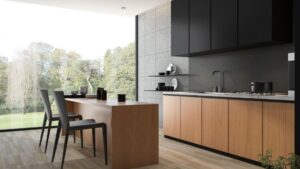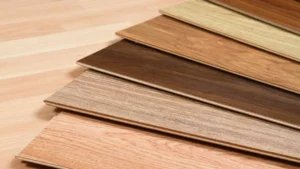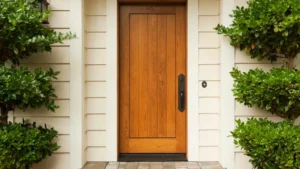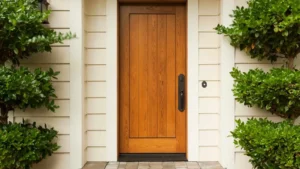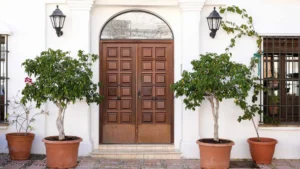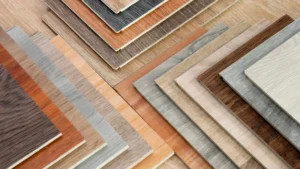Very few of us can afford to use genuine teak wood or mahogany for our home furniture. The material of choice is plywood since it has distinctive advantages far outweighing the disadvantages.
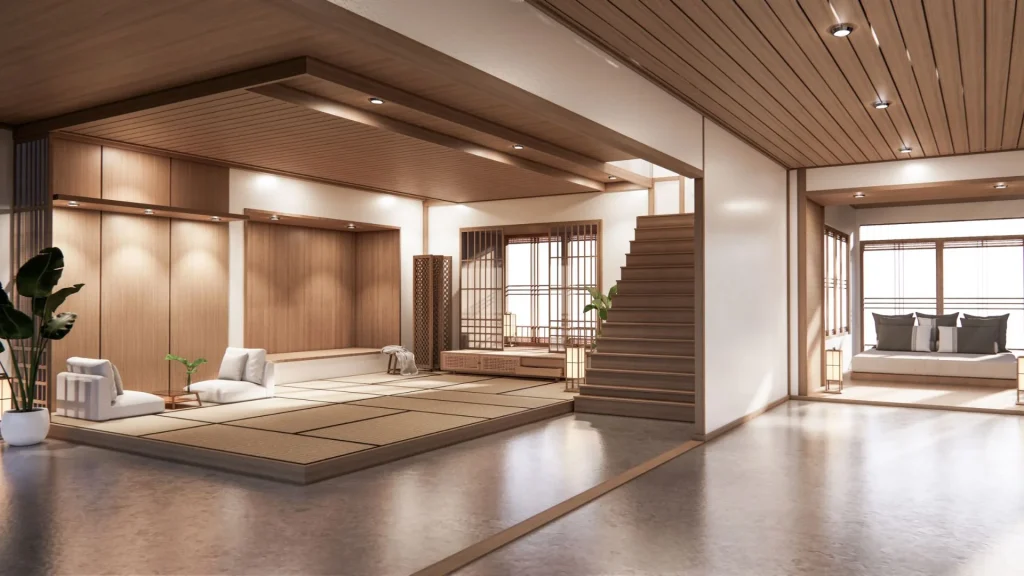
Let’s take a look at the pros of plywood for making contemporary and modern furniture:
- Plywood is affordable
- It is easy to work with, and allows for speedy fabrication of any kind of furniture including sofas, chairs, cupboards, racks and shelves
- Plywood has a uniform, flat surface which is ideal for small and large table tops and counter tops
- It can be laminated with ease or, if it has a veneer, it can be polished and finished with melamine resin
- Depending on the type you choose, it can be durable. Commercial grade is cheapest and good for general cupboards and sofas as well as cupboards. A step up is boiling water proof plywood. For kitchens and bathrooms as well as exterior use, the Marine-Grade Plywood or Fire-Resistant Plywood suits the purpose well.
- It can be cut into various patterns and shapes with ease, which means more versatility in design at a lower cost.
- Laminated or veneered, it can be used for wall paneling and for flooring.
- It does not warp, twist, shrink, crack or rot with age. Marine and FR grades also have better resistance to wood borers and termites.
- It is available in various thickness levels and further reduces time and labor as well as cost.
Now take a look at the cons, which are only very few-
- Plywood, unfortunately, cannot be carved like regular hardwoods.
- Since it is made up of layers of veneer laid out in crosswise pattern, it is prone to chipping and splintering if one is not careful while cutting.
Next time you think of home furniture, you can easily see how and why plywood is far more advantageous in all respects.
